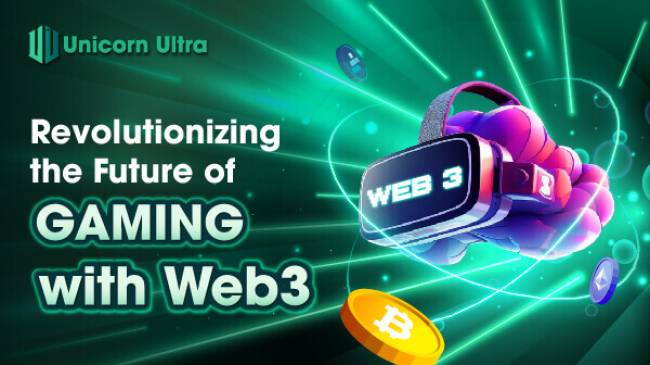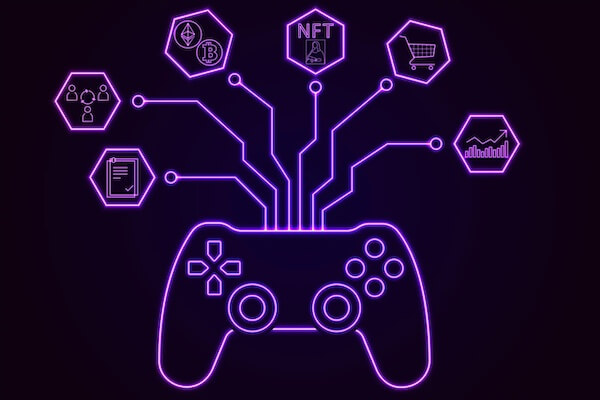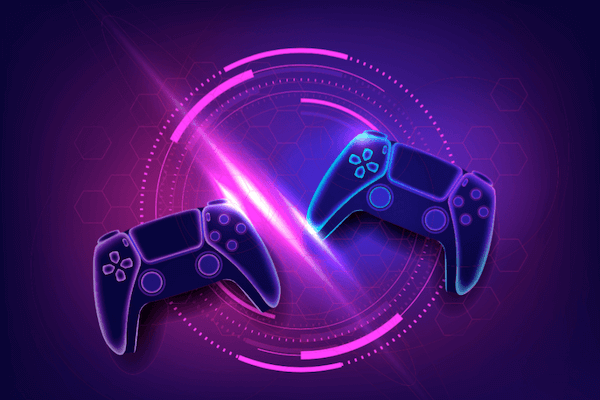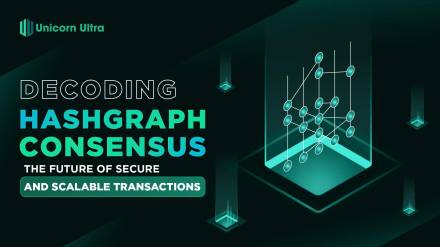Table of Contents
What is Web3 Gaming?
Web3 gaming is a decentralized gaming process that involves the decentralization of activities within a gaming ecosystem or platform, particularly regarding ownership of gaming assets and decision-making across all aspects of gaming, eliminating the need for centralized authorities.
Through the integration of blockchain technology, Web3 games empower players to have a say in the game's evolution, enabling a player-driven approach. Moreover, Web3 gaming establishes the foundation for play-to-earn models, transforming the traditional pay-to-play concept by introducing asset trading, tradable game tokens, and opportunities to earn cryptocurrencies while playing.

Web3 gaming fosters equitable virtual markets within the gaming industry, allowing players to access and have complete ownership of in-game digital assets, which are represented as gaming NFTs, each with its unique characteristics.
Furthermore, Web3 gaming promotes extensive interoperability among different gaming ecosystems by connecting in-game assets and players across various platforms. The level of interoperability varies depending on the blockchain platform chosen for developing a gaming ecosystem.
Now that you know what Web3 gaming is, let's discuss the various features of Web3 games in the next section.
What do Web3 gaming's primary characteristics encompass?
Ownership and Interoperability: One of the standout features of Web3 gaming is ownership. In traditional games, players invest time and money into acquiring in-game items, yet lack true ownership. Web3 games utilize blockchain's transparency to grant players actual ownership, enabling them to buy, sell, or trade assets securely. Moreover, interoperability allows assets to transcend the boundaries of a single game, unlocking new possibilities for customization and personalization.
Old Game Integration: Web3 technology isn't just about new games; it also breathes new life into existing ones. Old game integration allows developers to retrofit traditional games with blockchain features, enabling players to bridge the gap between the old and the new. This not only rejuvenates older titles but also introduces players to the novel concept of true ownership within games they already love.

Player-Driven Gaming: Web3 gaming hands the reins to the players. Decentralized platforms enable players to participate in the decision-making process, influencing the development and direction of games. This player-driven approach leads to a more engaged and invested community, fostering a sense of ownership beyond mere in-game assets.
Negligible Downtime: Traditional games often suffer from server downtime and maintenance, causing frustration among players. Web3 gaming, however, operates on decentralized networks, significantly reducing downtime and ensuring a smoother and more seamless gaming experience.
Transparent Gaming: The transparency of blockchain technology brings a new level of trust to the gaming industry. Players can verify the scarcity and authenticity of in-game assets, ensuring fair play and preventing cheating. This level of transparency extends to the virtual economy of the game, reducing the likelihood of fraudulent transactions.
Technology Stack of Web3 Gaming
Web3 gaming relies on a robust technology stack, incorporating blockchain protocols like Ethereum, smart contracts for asset management, decentralized storage solutions, and secure cryptocurrency wallets. This stack creates a foundation for the decentralized and secure environment that Web3 gaming thrives upon.
What is a Gaming DAO?
A Gaming DAO (Decentralized Autonomous Organization) is the embodiment of player empowerment in Web3 gaming. It's a community-driven entity that facilitates decision-making, content creation, and even revenue sharing among participants. DAOs ensure that players have a direct say in the game's development, fostering a collaborative and inclusive gaming experience.

Different Types of Gaming DAOs
There are various types of Gaming DAOs, each with a unique focus:
Development DAOs: These DAOs enable players to propose and vote on game features, mechanics, and improvements.
Content DAOs: Content creation, such as designing in-game items, can be driven by these DAOs, allowing artists and creators to contribute directly.
Governance DAOs: Responsible for overall governance, these DAOs make decisions about revenue distribution, platform rules, and upgrades.
Conclusion
Web3 gaming is poised to revolutionize the gaming landscape, offering players true ownership, unprecedented transparency, and enhanced engagement. As the technology stack matures and Gaming DAOs gain prominence, we can expect a paradigm shift in how games are developed, played, and enjoyed.
LeewayHertz, a leader in blockchain and Web3 development, stands at the forefront of this revolution, offering a range of services to help shape the future of gaming. Embrace the power of Web3 gaming and be part of a new era in interactive entertainment.
Thank you for following our article "What is Web3 Gaming?" by Unicorn Ultra.






